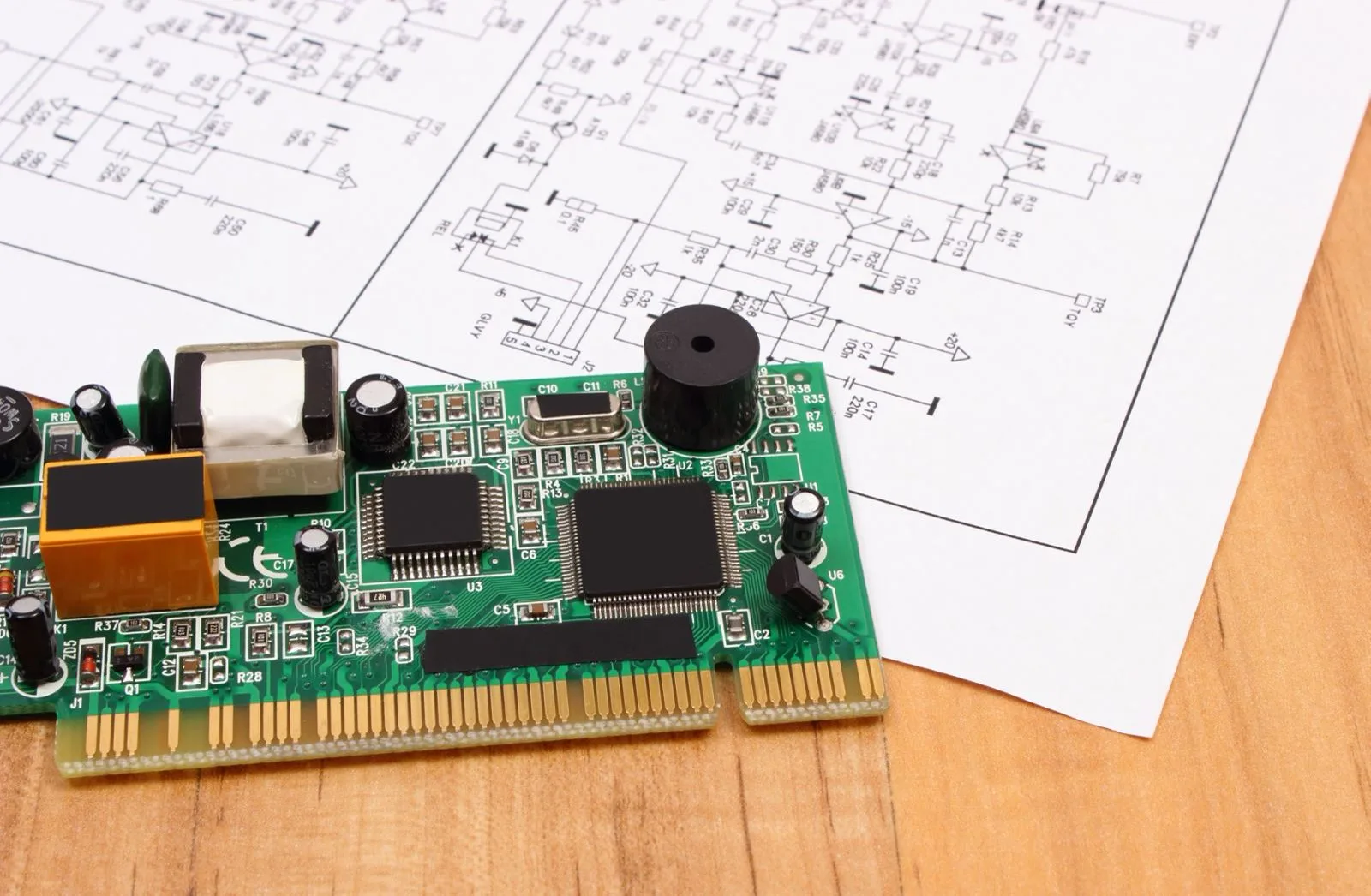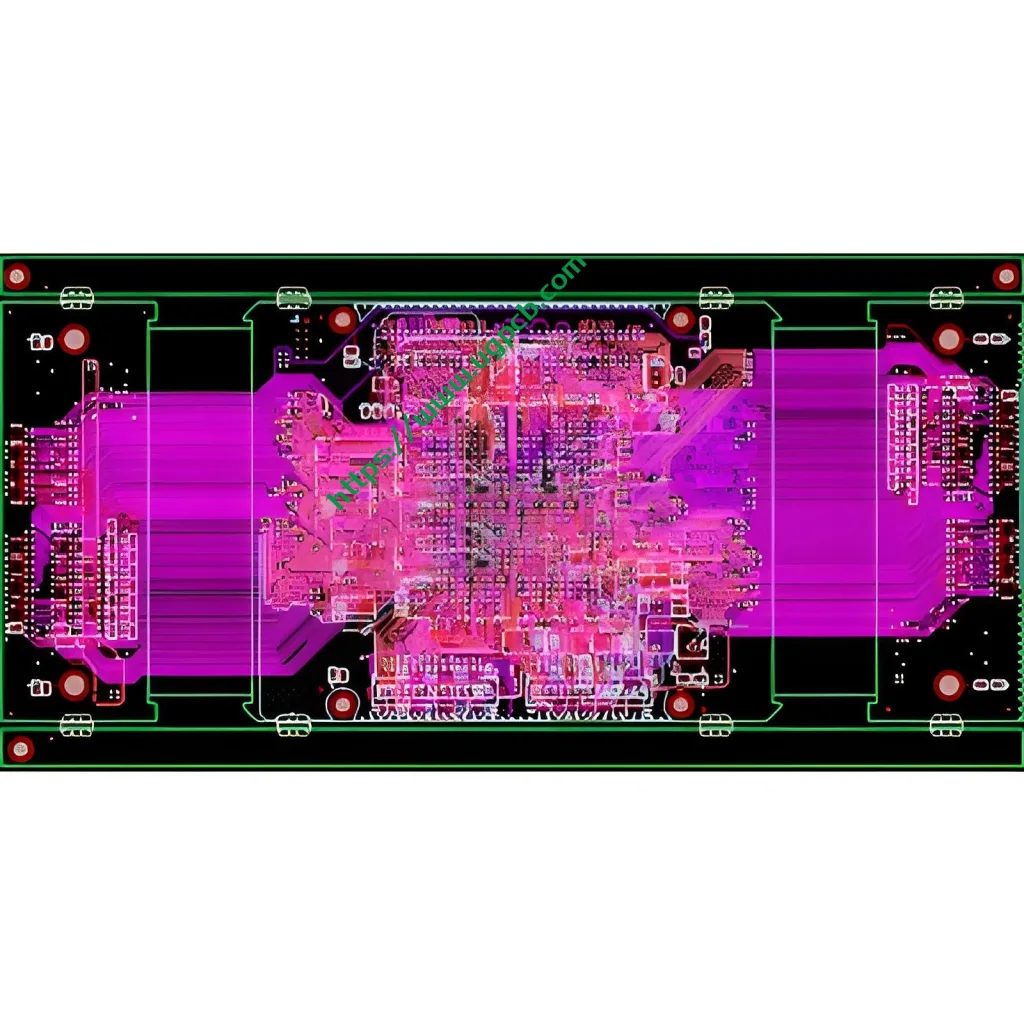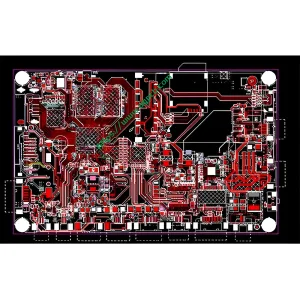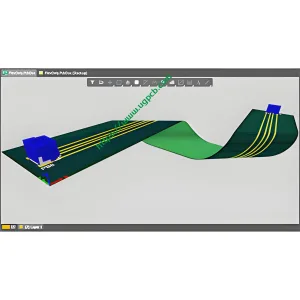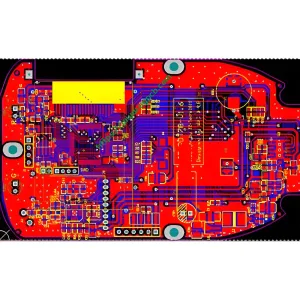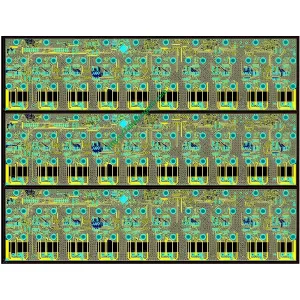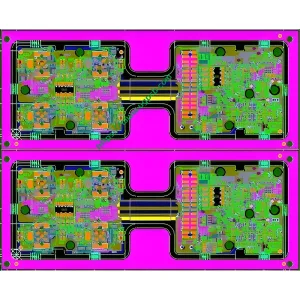Alta versatilidad y ventajas de PCB Flex y Rigid-Flex
Debido a su alta versatilidad, Los PCB flexes y rígidos se han integrado ampliamente en muchas aplicaciones en la industria médica. Dado que los PCB de flexión rígida eliminan la necesidad de conectores, reducen el costo y la cantidad de espacio de instalación requerido. Su capacidad de doblar en espacios estrechos los hace útiles para dispositivos y equipos médicos.. A medida que las innovaciones en tecnología médica continúan reduciendo el tamaño y el peso de los dispositivos. – especialmente aquellos que son portátiles o portátiles – Los PCB de flexión rígida continuarán siendo buscados en toda la industria médica.
Dispositivos médicos comunes que utilizan PCB flex y de flexión rígida
Desfibriladores
Desfibriladores restauran un latido normal al administrar una descarga eléctrica al tejido cardíaco. Hay diferentes tipos de desfibriladores, incluyendo desfibriladores implantables, desfibriladores portátiles, desfibriladores externos automatizados (Sesiones), y desfibriladores externos controlados manualmente comúnmente utilizados en instalaciones médicas. En todo tipo de desfibriladores, La PCB controla la electrónica que permite que estos dispositivos funcionen.
Sistemas de administración de medicamentos
El sistema de administración de medicamentos proporciona la liberación controlada del medicamento. Hay muchos tipos de equipos utilizados para estos fines.. Uno de los ejemplos más comunes es una bomba de infusión, que inyecta medicamentos como la insulina o los analgésicos en un paciente. En todos los sistemas, La PCB garantiza la precisión y la confiabilidad.
Dispositivos portátiles
Muchos dispositivos médicos son instrumentos de mano, cámaras, o herramientas, y la comodidad del operador durante el uso es primordial. Los PCB flex y flexibles rígidos permiten que los dispositivos electrónicos se ajusten al espacio disponible en estos dispositivos. Otro beneficio de la tecnología de flexión rígida es su resistencia a la degradación durante el autoclave de dispositivos médicos.
Monitores portátiles
Los monitores médicos portátiles pueden monitorear de manera confiable signos vitales como la presión arterial, oximetría de pulso, y temperatura corporal. Los PCB flex y rígidos facilitan la funcionalidad confiable del dispositivo y ayudan a reducir el tamaño y mejorar la portabilidad en los diseños recientes.
Equipo de imágenes médicas
El equipo de imágenes médicas es esencial para diagnosticar y tratar los problemas médicos internos de un paciente. Dispositivos como MRIS, Rayos X, cámaras de pastillas, y los escáneres de CT confían en PCB para operar.
Marcapasos
Un marcapasos regula el ritmo de los latidos del corazón enviando pulsos eléctricos. Algunos necesitan correr continuamente, mientras que otros solo funcionan periódicamente de una manera más receptiva. En todos los casos, La PCB es esencial para la operación del dispositivo.
 UGPCB LOGO
UGPCB LOGO
